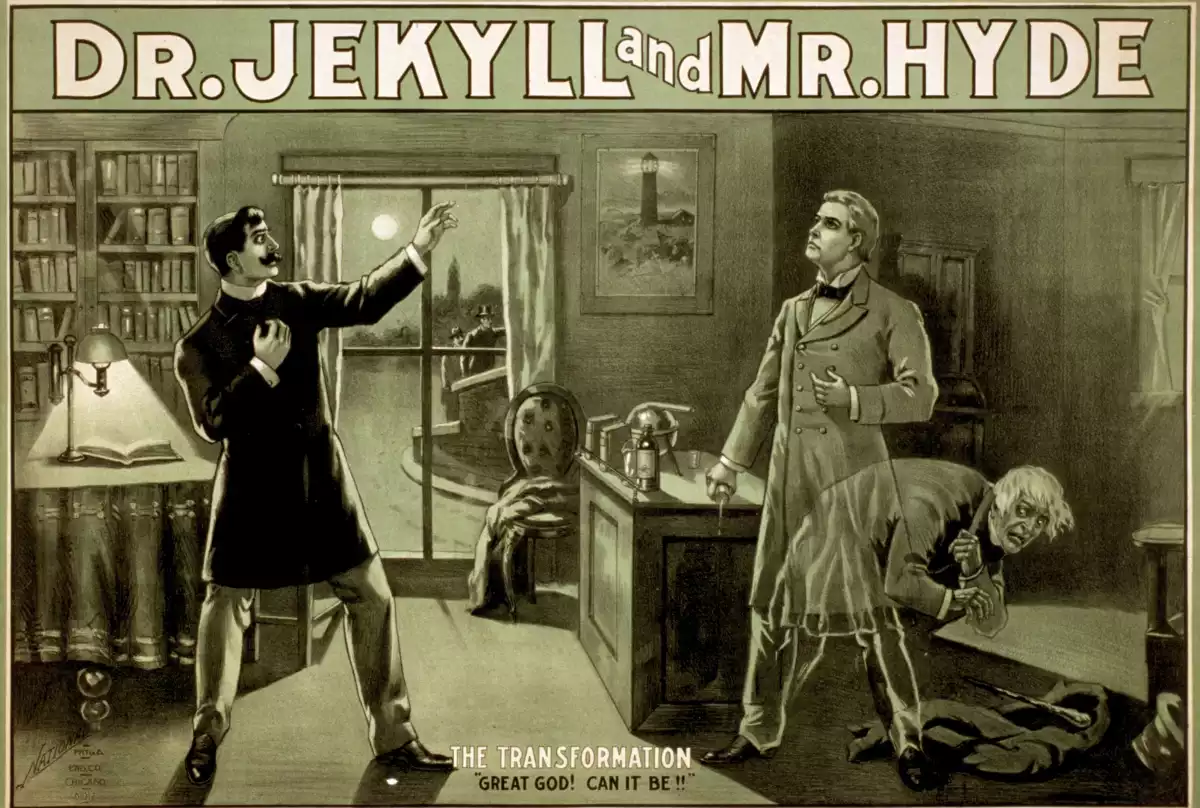
Psychopathology is a field of psychology that studies mental disorders from a standpoint similar to that of medicine - that is, differentiating between "normal psychology" and "pathological psychology" identical from a conceptual point of view to medical diseases.
The terminology related to psychopathology and "mental illnesses" is currently problematic due to the negative connotations of these words. Therefore, in the following article, we intend to do a brief analysis of these concepts and explain what the most common types of psychological problems are in the world and what exactly they consist of.
What is psychopathology?
Although it is often used, the term "mental illnesses" is considered incorrect from a semantic point of view, since the focus of the word "disease" is strictly preferred. Similarly, the word "psychopathology" refers to a medical-inspired model of clinical psychology. The most used concept in clinical psychology is that of "mental disorders," although many people also consider this a derogatory term; and the same can be said of "psychopathology." Umbrella terms such as "psychological problems" are often used to talk about mental disorders without focusing on the actual disease.
When we talk about psychopathology or mental disorders we are referring to an extensive set of problems related to behavior, cognitive ability, and emotions. Often, the causes are not physical (such as medical illnesses) nor do patients experience psychological symptoms. This is the case of psychoses, which have a clear biological foundation but are usually analyzed and treated as mental rather than medical disorders.
The most popular point of view in current clinical psychology defines mental disorders as problems that significantly affect the person, their environment or other individuals in different ways. Thus, for example, depression can lead to social isolation and even suicide, while antisocial behavior disorders often cause legal problems to the affected people and physical or material damage to others.
In practice, however, the terminology used is not as relevant as the final influence of the clinical professional responsible for assisting the lives of people suffering from psychological problems. The bottom line is that labeling people with mental disorders as being "ill" limits the positive change they can experience in a discipline in which collaboration and empathy with the patient are vital.
6 most common mental disorders
According to multiple studies on the prevalence of psychopathology worldwide (e.g., Demyttenaere et al., 2004), the four major categories of mental disorders are:
- disorders related to anxiety
- disorders that affect the mood
- disorders related to the misuse of psychoactive substances
- various types of impulse control problems, such as behavior disorders or bulimia nervosa
We have also included two other, very relevant, types of mental disorders: schizophrenia and other disorders on the psychotic spectrum (which can be very disabling), and personality disorders, which have to do with the worsening of specific features and patterns of problematic behaviors.
1. Anxiety disorders
The mental disorders related to anxiety include GAD or generalized anxiety disorder, consisting of excessive concern for day-to-day problems, but also anguish disorder and agoraphobia (associated with the infamous panic attacks) and social anxiety disorder (social phobia).

Although until a few years ago obsessive-compulsive disorder (OCD) was considered an anxiety disorder, in the DSM-5 (Diagnostic Manual Of Mental Disorders) this psychological problem is now in a category of its own, which it shares with the hoarding disorder, the excoriation (pinching the skin a lot ) and trichotillomania (hair pulling), among others.
2. Mood disorders
When we talk about mood disorders we are referring to psychological problems with symptoms of depression or mania, that is, with a degree of euphoria that is maladaptive and poses risks to the person. However, depressive symptoms (acute or chronic) are much more common than manic episodes.
Bipolar disorder, which is characterized by the combination of periods (of weeks or months) in which the mood is depressive and others in which it is pathologically elevated, has the peculiarity that it has a very important genetic basis in comparison to many other mental disorders.
3. Substance abuse and addiction
Although there are many substances whose consumption carries a significant risk of addiction, such as cocaine, heroin or different types of prescription pills (such as anxiolytics), alcohol addiction is the most common of this type of mental disorders and can have consequences as severe as the Wernicke-Korsakoff syndrome or alcoholic dementia.

4. Impulse control disorders
The category "impulse control disorders" is somewhat ambiguous and includes different types of mental problems. A characteristic example is the intermittent explosive disorder, characterized by sudden accesses of physical and/or verbal aggression.

However, a study conducted by Demyttenaere and his colleagues includes issues as different as bulimia nervosa and behavior disorders in childhood and adolescence (including ADHD or attention deficit hyperactivity disorder). To give you an example of the ambiguity of this type of classifications, even disorders caused by substance abuse could be seen as impulse control problems.
5. Schizophrenia and other types of psychosis
Psychoses are mental disorders in which the person experiences a loss of contact with reality. Specifically, disorders on the psychotic spectrum are diagnosed from symptoms such as delusions, hallucinations, apathy, and lack of coherence in organizing thoughts and ideas.

Schizophrenia is the most well-known and symbolic disorder in the category of psychotic disorders, although the schizoaffective disorder (a combination of psychosis and a mood disorder) or brief psychotic episodes induced by substances are also relatively common.
6. Personality disorders
Personality disorders are a relatively common type of psychological problem but not well known to most people. These are maladaptive and chronic patterns of behavior, thought, and emotion. Psychopathology asserts that they usually appear at the beginning of adulthood and last throughout the person's lifetime, to a greater or lesser degree, since they make up the basic mental structure of the individual.

There are many types of personality disorders depending on the symptoms displayed. For example, narcissistic disorder is characterized by self-centeredness and lack of empathy, whereas avoidance disorder is an exacerbation of social anxiety and paranoid disorder is associated with exaggerated suspicion.
Check out the original article: ¿Qué es la psicopatología? Los 6 tipos de trastornos mentales más comunes at viviendolasalud.com
References:
Bolton, Derek (2008). What is Mental Disorder?: An Essay in Philosophy, Science, and Values. OUP Oxford.
Demyttenaere, Koen; Bruffaerts, Ronny; Posada-Villa, Jose; Gasquet, Isabelle; Kovess, Viviane; Lepine, Jean Pierre; Angermeyer, Matthias C.; Bernert, Sebastian; De Girolamo, Giovanni; Morosini, P; Polidori, G; Kikkawa, T; Kawakami, N; Ono, Y; Takeshima, T; Uda, H; Karam, EG; Fayyad, JA; Karam, AN; Mneimneh, ZN; Medina-Mora, ME; Borges, G; Lara, C; De Graaf, R; Ormel, J; Gureje, O; Shen, Y; Huang, Y; Zhang, M; Alonso, J (2004). “Prevalence, Severity, and Unmet Need for Treatment of Mental Disorders in the World Health Organization World Mental Health Surveys". JAMA, 291(21): 2581–90.
